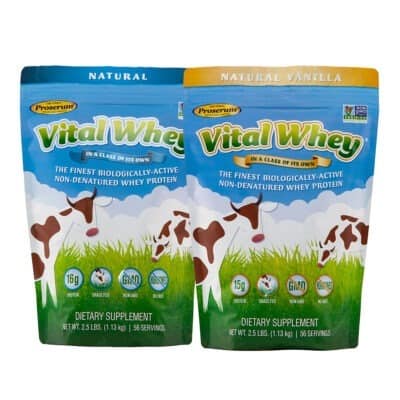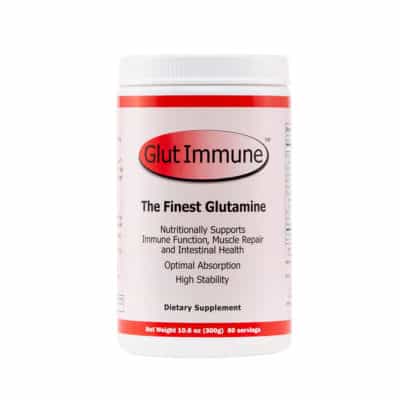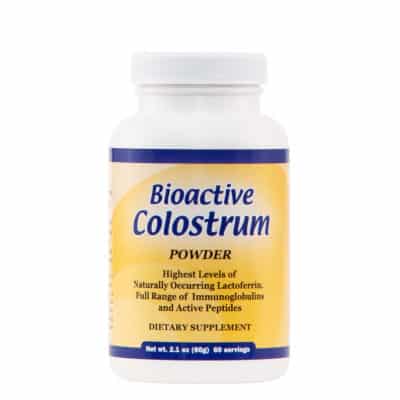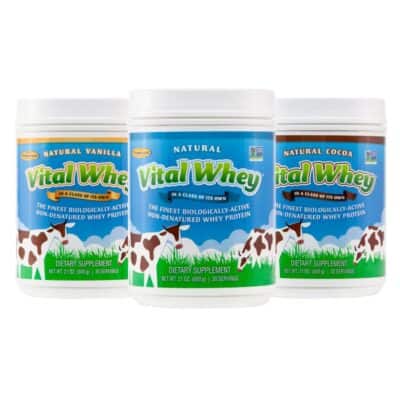
Muscle mass gradually declines with age. Age-related muscle loss, called sarcopenia, begins at about age 30. Most people can expect to lose between 3-5% of the muscle they have per decade. The loss of muscle can lead to many complications, including challenges with mobility, weight, and disease risk. Learning how to maintain muscle can be important for a healthy life, and with a little bit of effort there is a lot you can do to keep the muscle you have as you age.
Why is Muscle Mass Important?
The loss of muscle mass can significantly impact your quality of life as an older adult. Lack of muscle strength can limit mobility and the enjoyment of day to day activities. Depending on how much muscle has been lost, it can make it hard to climb up a flight of stairs or even unload groceries. The problem is that as movement gets difficult, many older adults simply give up and adopt a more sedentary lifestyle. This can lead to many major health problems that could be prevented with a more active lifestyle.
The biggest risk of muscle loss is an increased risk of injury. People with sarcopenia have a two times greater risk of bone fracture compared to those without muscle loss. Fractures can increase mortality risk for older adults and cost $13.8 billion in medical treatments annually.1
The loss of muscle significantly increases the risk for obesity. Muscle burns calories. When it is unavailable, metabolism slows, and any additional calories turn to fat. When older adults become sedentary and lose muscle, this puts them at major risk for unintentional weight gain. Obesity in combination with sarcopenia significantly increases risks of further complications from fractures.2
Sarcopenia has also been associated with an increased risk of diabetes. A 2010 study found that 15.7% of those with diabetes had muscle loss, compared to only 6.9% of those without diabetes. Muscles help the body use blood sugar, keeping it at a normal level.3
Muscle mass plays a major role in not just keeping you mobile as you age, but also maintaining your health. With a bit of dedication and effort, it is possible to build muscle after 60.
How to Maintain Muscle Mass
Age-related muscle loss can be prevented through a combination of diet and exercise.
A healthy diet can help give the body nutrients it needs to keep your muscles strong. The most important nutrient for maintaining muscle is protein. The Recommended Dietary Allowance (RDA) for protein is 0.8 grams/kg per day.2 Many older adults do not meet their daily requirements for protein, putting them at risk for muscle loss. A national survey of protein intake found that 38% of men and 41% of women do not meet their protein needs.3
Additionally, there is some evidence that for older adults, the RDA should be higher to properly maintain muscle mass. Older adults do not metabolize protein as efficiently as those that are younger. Therefore, it has been suggested that those over 65 should consume between 1.2 to 2 grams/kg of protein per day.4 If you weigh 170 pounds, this means you would need to eat 93-154 grams of protein.
In order to hit this goal, it may take a bit of effort. A few foods that are high in protein include:
- Poultry
- Fish
- Lean beef
- Protein supplements, especially whey protein
- Eggs
- Greek yogurt
- Cottage cheese
- Beans and lentils
- Soy and tofu
Including a variety of these foods at every meal and snack can help boost your overall protein intake and support the growth and maintenance of muscles as you age.
Learning how to maintain muscle isn’t just about adjusting your diet, but also making sure to get regular exercise. This should include weight training, as it is essential for building and maintaining muscle. If you don’t work out those muscles, they will start to lose strength and mobility.
The first step is to bump up day to day activity avoid a sedentary lifestyle as much as possible. This includes regular walking, biking, swimming, or other activities you enjoy. But, it also means moving more just in day to day life. A few activities can include taking the stairs or simply parking further away — every bit of activity adds up.
When building muscle after 60, it is critical to also follow a progressive resistance training plan (PRT). A 2009 review of 121 studies on progressive weight training for older adults found that two to three days a week of strength training improved physical ability, gait speed, muscle strength and reduced arthritis pain.5
An optimal plan should gradually increase in difficulty, in order to build up strength and endurance.This can mean increasing the number of repetitions or the amount of weight lifted. The program should include a variety of exercises to target different muscle groups, and be performed two to three times a week. It should be challenging, but not completely exhausting.
Always check with your doctor before starting any type of workout program. If you don’t know how to get started, consider hiring a personal trainer who is experienced in designing personalized weight training programs for older adults.
With a bit of consistent effort you can build muscle and maintain strength as you age. Adequate muscle mass can help you live a healthy and active life as an older adult.
References
- https://www.ncbi.nlm.nih.gov/pubmed/25735999
- https://www.sciencedirect.com/science/article/pii/S0939475307001858
- https://www.ncbi.nlm.nih.gov/pmc/articles/PMC2890348/
- https://www.ncbi.nlm.nih.gov/books/NBK234922/
- https://www.ncbi.nlm.nih.gov/pubmed/18469286/
- https://www.ncbi.nlm.nih.gov/pmc/articles/PMC4924200/
- https://www.cochranelibrary.com/cdsr/doi/10.1002/14651858.CD002759.pub2/abstract
- Best Fitness Supplements: Glutamine and Colostrum Uses and Benefits - December 19, 2019
- Cooking with Protein Powder - November 22, 2019
- Is There A Point To Taking Whey Protein After Cardio? - September 16, 2019





